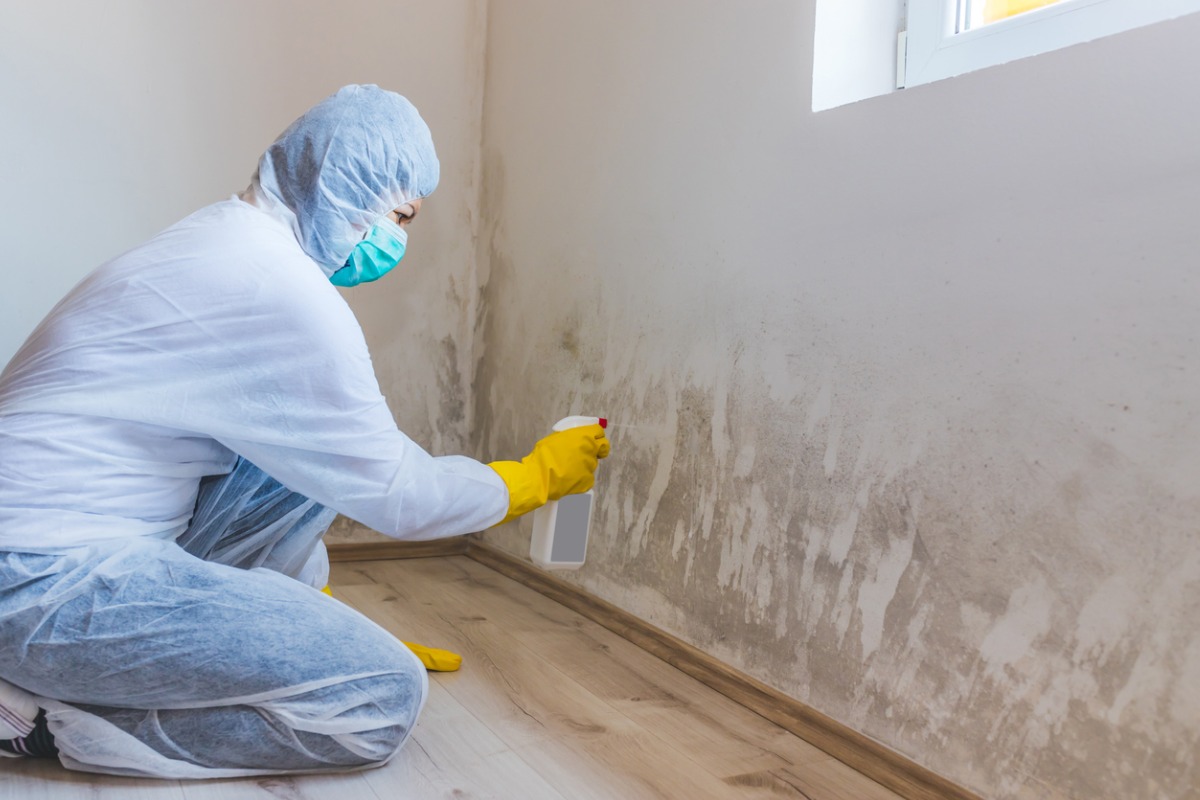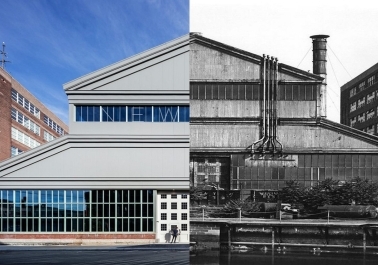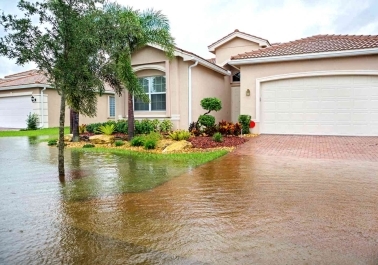
Mold growth in homes is a common problem that can lead to significant health risks and property damage if not addressed promptly and effectively. Understanding the dangers of mold and the steps involved in mold remediation is essential for maintaining a safe and healthy living environment. In this article, we will explore the risks associated with mold, the importance of professional remediation, and the steps involved in effectively removing mold from your home.
- The Dangers of Mold: Mold growth can trigger a variety of health issues, especially for individuals with respiratory conditions, allergies, or weakened immune systems. Exposure to mold spores can lead to allergic reactions, respiratory problems, sinus congestion, coughing, and skin irritation. Prolonged exposure to mold can worsen these symptoms and potentially cause long-term health complications.
- Professional Mold Remediation: Mold remediation is best left to trained professionals who have the expertise and equipment to safely and effectively remove mold from your home. Professional remediation ensures thorough assessment, containment, removal, and prevention of mold growth. Attempting to remove mold on your own without proper knowledge and equipment may lead to inadequate removal, further spread of spores, and potential health risks.
- Initial Assessment: A professional mold remediation team will conduct a thorough assessment of your home to identify the extent of mold growth and the underlying causes. They will inspect visible mold as well as areas that may be prone to hidden mold growth, such as behind walls or under flooring. This assessment helps in developing an effective remediation plan.
- Containment: To prevent the spread of mold spores during the remediation process, the affected areas will be carefully contained. This involves sealing off the contaminated area and using negative air pressure and air filtration systems to prevent cross-contamination to other parts of the home.
- Removal of Mold-Infested Materials: Mold-infested materials, such as drywall, carpeting, insulation, or furniture, will be safely removed and disposed of following industry guidelines. Professionals use proper protective gear and take precautions to minimize the release of mold spores during the removal process.
- Cleaning and Treatment: All surfaces in the affected area will be thoroughly cleaned using specialized equipment and cleaning agents designed to eliminate mold. HEPA vacuums and antimicrobial treatments may be used to ensure the removal of mold spores and inhibit future growth.
- Drying and Dehumidification: Addressing the source of moisture is critical in preventing mold regrowth. The remediation team will employ dehumidifiers and drying equipment to eliminate excess moisture from the affected area. Proper ventilation will be established to ensure thorough drying.
- Post-Remediation Verification: After the mold remediation process is complete, a final inspection will be conducted to verify the effectiveness of the remediation efforts. This may involve air quality testing and visual inspections to ensure that mold levels are within acceptable limits.
- Prevention and Maintenance: To prevent future mold growth, it is essential to address any underlying moisture issues in your home. Proper ventilation, regular inspections for leaks or water damage, and maintaining optimal indoor humidity levels are key preventive measures. Promptly address any water intrusion or excess moisture to mitigate the risk of mold recurrence.
Mold remediation is a critical process for protecting your health and preserving the integrity of your home. Understanding the dangers of mold, the importance of professional remediation, and the steps involved in effective removal can guide you in making informed decisions. By working with professional mold remediation experts, you can ensure thorough removal, prevent future mold growth, and maintain a safe and healthy living environment for you and your family. Remember, addressing mold issues promptly is vital for protecting your health and preventing further damage to your home.
Related Posts
Stump Grinder Services in Vancouver, WA: Why Hire a Professional?
Tree removal often leaves behind unsightly stumps that can disrupt the beauty an...
Read More
Modern Church Chairs vs. Traditional Church Pew: Which is Better?
When it comes to furnishing a worship space, the choice between modern church ch...
Read More
Restoring Historic Homes: Preserving the Past After Natural Disasters
Historic homes hold a significant place in our collective heritage, telling stor...
Read More
The Role of Insurance in Weather Damage Restoration: What You Need to Know
Weather-related damages can be devastating, causing significant financial burden...
Read More




